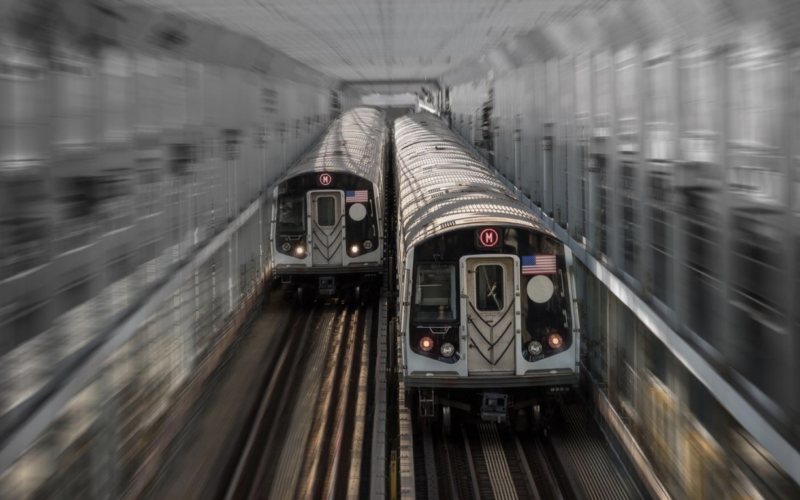

Photo Credit: Josh Hallet. Used with a creative commons license
Correction: This post has been amended to reflect that responsibility for instituting WMATA’s new oversight agency does not lie with WMATA’s board, but with the legislatures of the three jurisdictions in which the system operates.
In the wake of WMATA’s announcement that it would shutter the second-busiest subway system in the country today for vital safety inspections, numerous outlets (including WMATA documents) cited “years of underinvestment” as a factor leading to today’s unprecedented cancellation of rail service.
But the National Transit Database shows that the D.C. rail system is firmly in the middle of the pack in capital investment terms, not far behind the New York City subway in capital spending per track-mile over the last five years.
[table “” not found /]
Notably, these figures do not even include much of the money spent constructing WMATA’s new Silver Line, as that undertaking is being managed by Washington’s airports authority and was recorded separately by the NTD.
The data suggest that Metro’s problems lie elsewhere, such as poor spending of the money WMATA already has and ineffective monitoring of the system’s infrastructure and equipment.
Indeed, the federal government took over safety oversight of the Metro in a highly publicized move last October. Responsibility is supposed to be handed back when Maryland, Virginia, and Washington, D.C. pass identical legislation to institute a new safety oversight bureau. It took six months for WMATA to announce a memorandum of understanding for forming a new safety commission. Balkanized governance is one of the system’s abiding obstacles to taking decisive action—its eight-member board is made up of two representatives each from the District of Columbia, Virginia, Maryland and the federal government.
Of course, all of the systems in our table have significant unmet capital needs and should be investing more. Only Washington is experiencing a full system shutdown today, but the table indicates that it is hardly the only subway system in the country that could see significant trouble ahead.
 Surmounting the Fiscal Cliff: Identifying Stable Funding Solutions for Public Transportation Systems
Surmounting the Fiscal Cliff: Identifying Stable Funding Solutions for Public Transportation Systems
Urban Institute's latest report, "Surmounting the Fiscal Cliff," seeks to understand why transit agencies—unlike many other public services—continuously face fiscal instability.
Read More On the Brink: Will WMATA’s Progress Be Erased by 2024?
On the Brink: Will WMATA’s Progress Be Erased by 2024?
The experience of being a WMATA rider has substantially improved over the last 18 months, thanks to changes the agency has made like adding off-peak service and simplifying fares. Things are about to get even better with the launch of all-door boarding later this fall, overnight bus service on some lines starting in December, and an ambitious plan to redesign the Metrobus network. But all of this could go away by July 1, 2024.
Read More